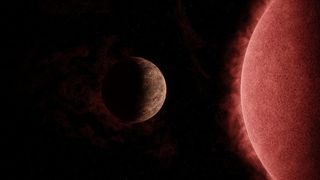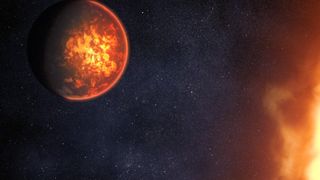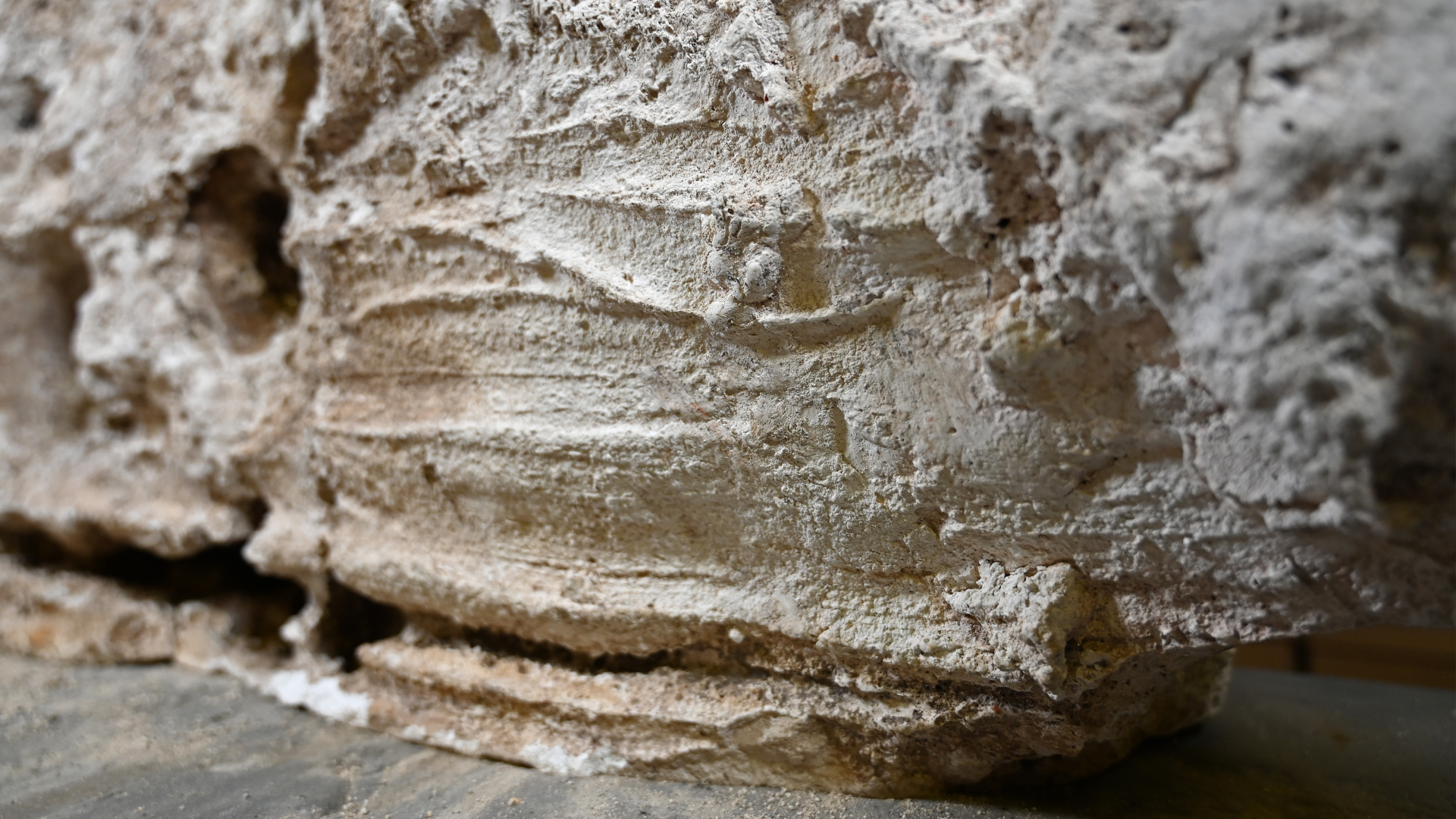Exoplanet news, features and articles
Latest about Exoplanets
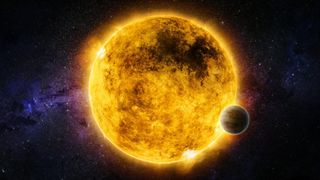
These nearby star systems could be good targets in the search for alien life
By Robert Lea published
NASA's Chandra X-ray space telescope has created a 3-D map of nearby stars that may help astronomers search for alien planets with the potential for life.

'Eyeball' planet spied by James Webb telescope might be habitable
By Ben Turner published
Located 50 light-years from Earth, the beady-eyed exoplanet LHS 1140 b could be a perfect candidate for discovering liquid water outside the solar system, new research suggests.
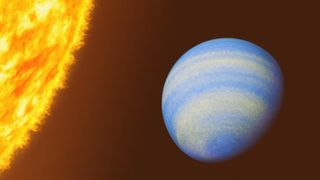
James Webb telescope reveals rare, 'rotten egg' atmosphere around nearby hell planet
By Harry Baker published
The James Webb Space Telescope revealed that the hot Jupiter exoplanet HD 189733 b, located just 64 light-years from Earth, has an atmosphere full of hydrogen sulfide, meaning it likely smells of rotten eggs.
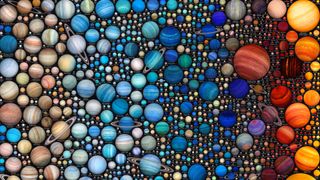
Space photo of the week: 900 alien worlds packed into a single image
By Jamie Carter published
Slovakian artist Martin Vargic's spectacular new infographics artistically portray, visualize and compare more than 1,600 planets in other star systems.

Gaia space telescope helps astronomers image hidden objects around bright stars
By Robert Lea published
The Gaia space telescope has spotted the dim companions of eight bright stars, suggesting we can expect new glimpses of distant planets.

Real-life 'Star Trek' planet was actually just an illusion caused by a 'jittery' star
By Robert Lea published
New research shows that a planet spotted around the real-life star 40 Eridani A, famous for hosting Dr. Spock's fictional home world in 'Star Trek', may have been an optical illusion all along.
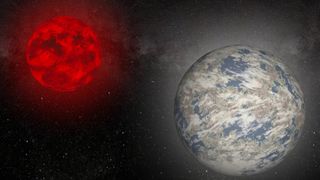
NASA detects Earth-size planet just 40 light-years away that's 'not a bad place' to hunt for life
By Robert Lea published
The exoplanet Gliese 12 b is tantalizingly close and moderately warm, situated just 40 light-years away around a red dwarf star. The potentially habitable planet could be a good place to search for alien life, scientists say.
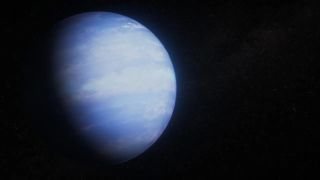
Mysterious 'puffy' planet may finally be explained by James Webb Space Telescope
By Sharmila Kuthunur published
The exoplanet WASP-107 b is one of the least dense planets ever discovered. New James Webb telescope observations may reveal how the mysterious world got so 'puffy'.
Get the world’s most fascinating discoveries delivered straight to your inbox.


